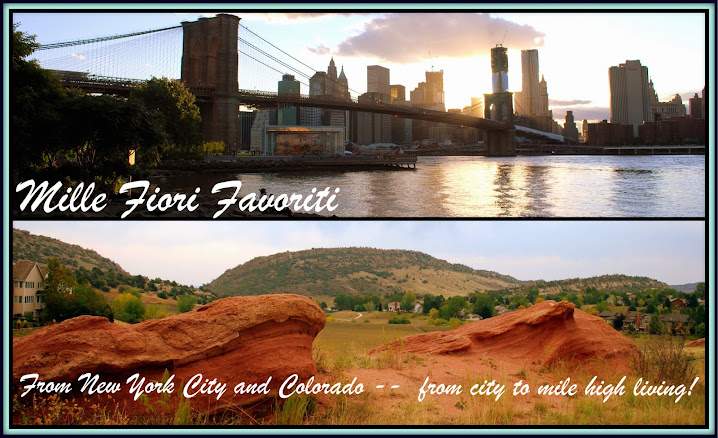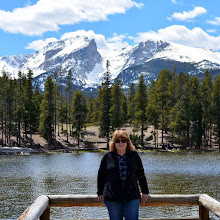The next morning our Cosmos bus tour of the "Highlights of Ireland and Scotland," drove north from Culloden toward Pitlochry. We drove past colorful pastoral scenery which was aglow in autumnal splendor. I could not resist taking many photos through the bus window!
We passed Ruthven Barracks in the Badenoch area, They are the best preserved of the four barracks built in 1719 after the 1715 Jacobite rising. Set on an old castle mound, the complex comprises two large three-story blocks occupying two sides of the enclosure, each with two rooms per floor. The barracks and enclosing walls were built with loopholes for musket firing, and bastion towers were built at opposite corners. Destroyed by Jacobites following their retreat after the Battle of Culloden in 1746.
When our bus stopped at Pitlochry we had a few hours to explore the town. Pitlochry is largely a Victorian-era town, which developed into a tourist resort after Queen Victoria and Prince Albert visited the area in 1842 and bought a highland estate at Balmoral, and the arrival of the railway in 1863. It remains a popular tourist resort today and is particularly known for its Pitlochry Festival Theatre, salmon ladder (click here to read about that unusual attraction), and as a center for hiking as it is surrounded by mountains and world-class golf.
My husband and I were charmed by the town! As we walked by a canal a fellow tourist on our tour bus, who was visiting from New Zealand, offered to take our photos.
...and much window shopping!
I was excited to visit the John Muir Trust Visitor's Center in Pitlochry as he is someone I've admired for many years!
John Muir (April 21, 1838 – December 24, 1914) was born in Scotland and emigrated to the United States in 1849 with his parents and siblings. In his life, he became a naturalist, author, environmentalist, botanist, zoologist, glaciologist, and early advocate for the preservation of wilderness in the United States, and is known as the "Father of the National Parks" system and the founder of the Sierra Club.
I agree!
We passed farmlands and sadly saw the remains of flooding that had occurred with Storm Babet which roared through part of Europe in the middle of October, with destructive rain and flooding. All of Europe has been feeling the effects of climate change.
We rode along with Rail Europe at one point as we made our way east to St. Andrews--on my next post!


































































